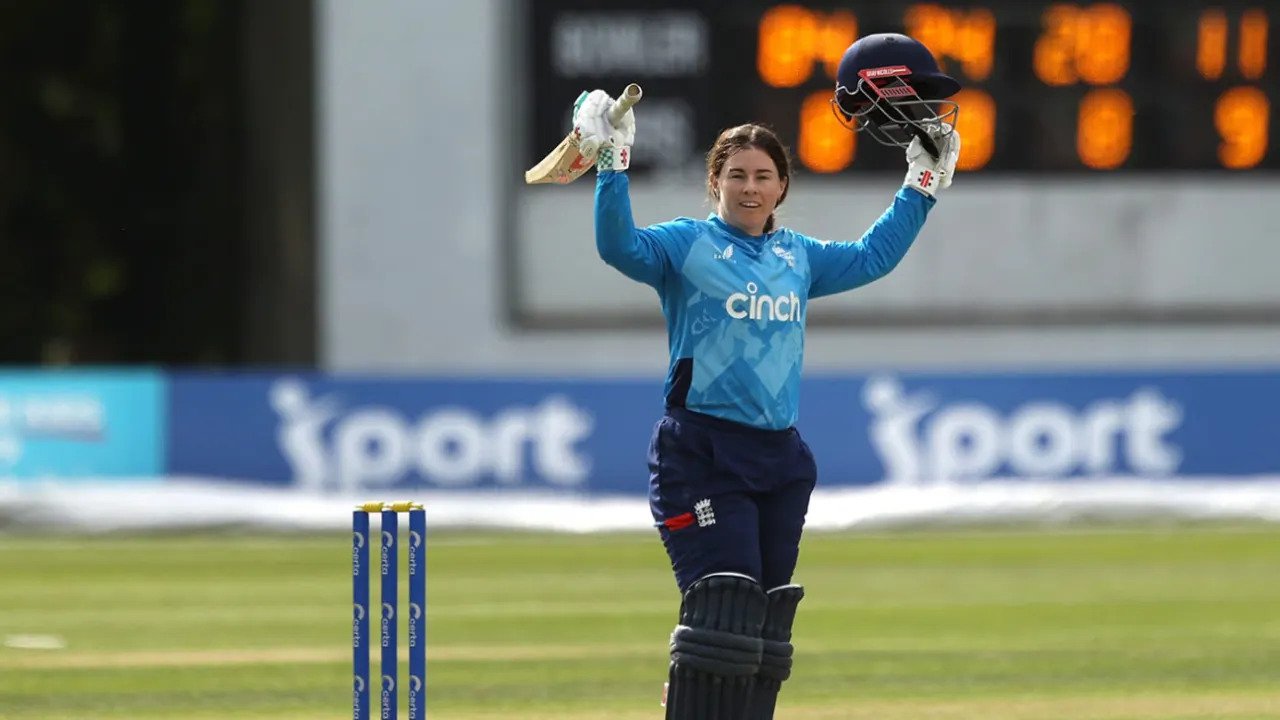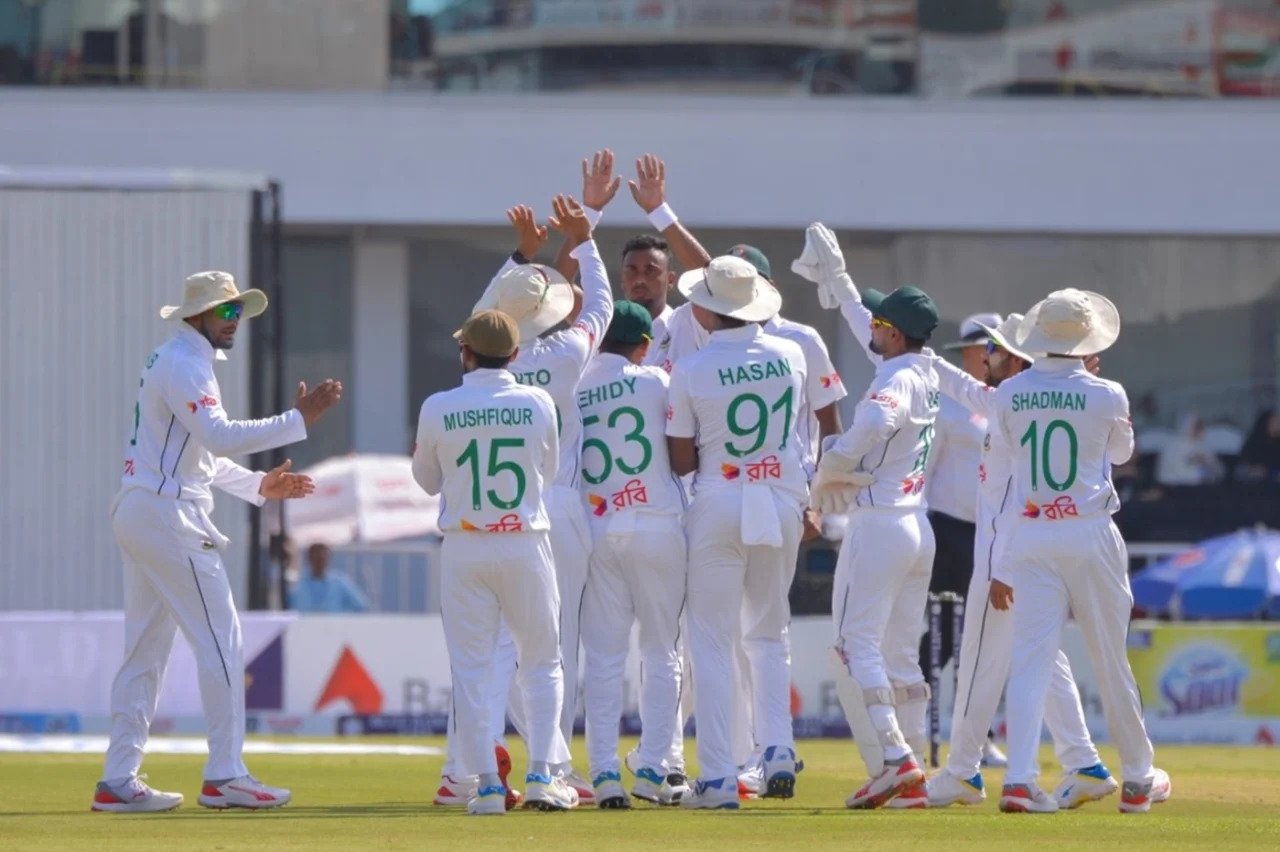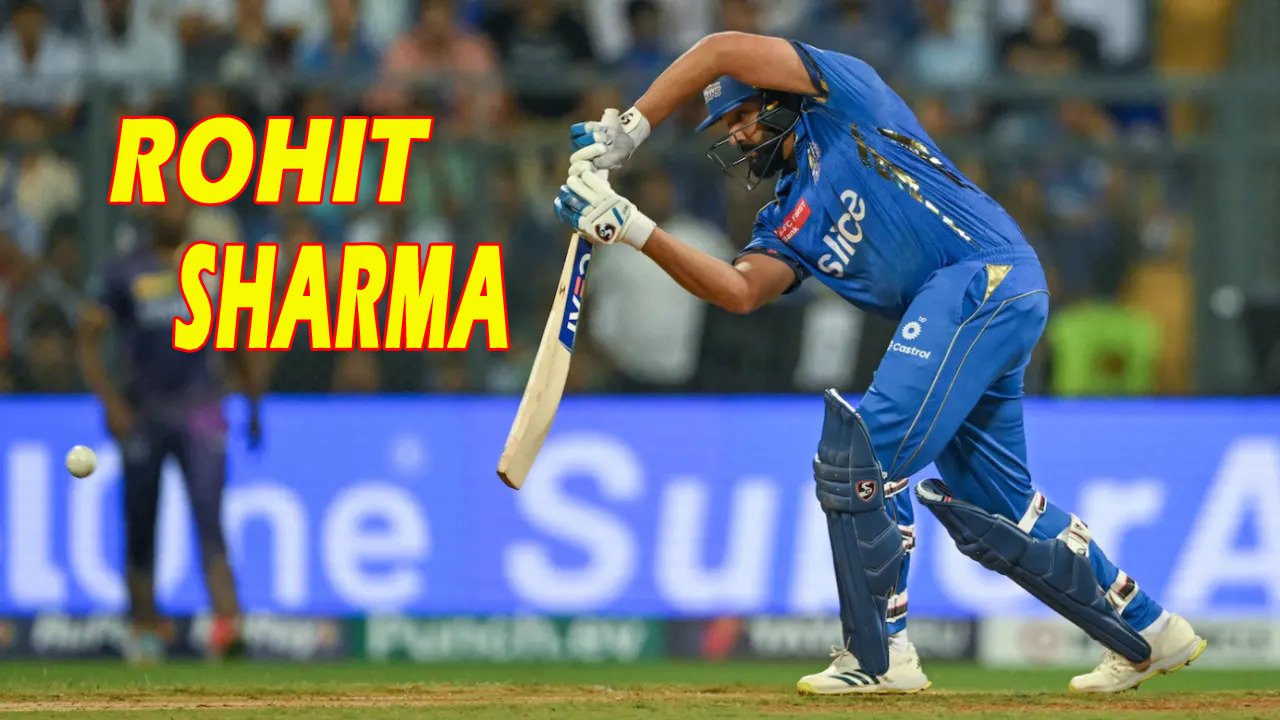SA vs NZ Test Series: South Africa mounts a comeback led by De Swardt following Rachin’s three-for
Before de Swardt and von Berg stood tall in a rebellious partnership, South Africa was in decline.
On an otherwise dull Test cricket day, Ruan de Swardt and Shaun von Berg went above and above to save South Africa from a precarious situation. Prying out the top-order batsman, New Zealand’s seamers were economical. The middle order was destroyed by Rachin Ravindra, but the 7 and 8 were resolute and finished the extra session with 27 overs.

On a grassy surface, captain Neil Brand surprised everyone by choosing to bat first and use two spinners in the opening overs. “All the wickets have been green and it tends to burn off after a couple of days,” he stated. Only South Africa has accomplished this in the previous ten years at Hamilton, mirroring their 2017 victory.
On the other hand, New Zealand selected four seamers, among them their captain Tim Southee, who declared that he would have taken the ball first had they won the toss. Will Young replaced the injured Daryl Mitchell for the hosts. After Kyle Jamieson pulled up sore after the first Test, William O’Rourke was given his debut, while Neil Wagner replaced Mitchell Santner.
The golden duck that was Clyde Fortuin’s ascension to the top didn’t come with any benefits. He showed off his skills against Matt Henry, and Glenn Phillips stunned Gully with a one-handed move. While Southee discovered swing and Henry caused problems for the batsmen with seam movement, Brand and Raynard van Tonder left the ball confidently, unfazed by the ball’s occasional beating of them.
Brand used visually appealing punches through the offside to capitalize on balls that were pitched too high. O’Rourke, who was called on as a rookie in the ninth over, was occasionally the victim, but he also managed to pin the captain in front of middle with a length ball that nipped back beyond the inside edge.
In Neil Wagner’s opening over, Zubayr Hamza got off to a cautious start and was declared leg before wicket after he shouldered arms to a length ball angling. Ball tracking indicated that Hamza reviewed well, predicting that the ball will cross the stumps.
Hamza was adamant about defense but was unable to switch up his attack. Between the twenty-first and the twenty-fiveth over, Southee and Wagner maintained their composure and conceded just five runs. Wagner then moved the fielders to the deep side on the leg side, telegraphing the short-ball strategy. He struck the deck, angled it off to the side, and received a soft bounce off the pitch; however, van Tonder was unable to ride the bounce and had to fight it off to Tom Latham at the gully. The session was skewed in favor of the hosts by the third wicket.
The second session was like a psychology experiment, with Hamza and David Bedingham prepared to blunt out the bowling even if the runs had stopped. When Ravindra was brought on in the 36th over, he began his stint with four maidens while Henry and O’Rourke retained their lines and lengths.
Occasionally, the ball would beat the bat, and when a shot was middled, it would go straight to the fielders. South Africa scored 12 runs between overs 31 and 44, for a combined total of 33 runs in 154 balls between the two.
But after two overs, Ravindra’s loopy wide ball and Hamza’s patience were both swiped past the line, and suddenly, Hamza holed out to backward point for a 99-ball 20. Then, after forcing Keegan Petersen to push out at a length ball and get caught at slip, Ravindra continued his bad run of form.
From then on, it was all dots and boundaries until teatime, but one rare bright spot that South Africa could take away from a painful session was de Swardt’s initiative followed by resolute defense.
Bedingham, on the other hand, appeared confident and even took advantage of a few infrequent occasions when Ravindra missed the mark. Bedingham hit two fours in an exciting 62nd over that saw South Africa reach 150 before ending with his bizarre dismissal. He appeared to flip the entire ball onto the ground, landing it squarely in Young’s hands at short leg. The keeper removed the bails when Young threw the ball to him. The umpire sent an appeal for a run out upstairs, but the spin-vision video showed that the ball never touched the ground and instead went to Young off Bedingham’s boot. Bedingham was forced to walk back after making another attempt.
At the beginning of his innings, Von Berg—the fifth-oldest player to represent South Africa in a Test—was especially hesitant. He attempted to get off the mark with a couple of quick singles but was put back. In the 68th over against Wagner, he avoided a near leg before wicket call when the ball struck the bat and pad at the same time, according to the third umpire.
Slowly but surely, his confidence increased as he hit a couple of short balls from O’Rourke to the boundary and became comfortable as the old, soft ball began to lose its bite. On the other end, De Swardt remained constant.
In the eightieth over, New Zealand took the new ball. Von Berg gave way to Southee’s edge, but the ball over the slip cordon for a four-point play and raised South Africa’s 200. Although Southee and Henry frequently reached a fair length, they were mistaken for boundaries because they went too full.
In the 85th over, Southee hit von Berg’spad without a shot being provided. The captain ultimately burned a review after it was declared not out even though Hawk-Eye had demonstrated that the ball would easily cross the stumps. Southee hit de Swardt in the box in his subsequent over. For the remainder of the day, South Africa would not be hit again—the batter had fallen.
By the end of the day, the pitch’s green had become noticeably paler. The fact that the visitors’ young lineup managed to rally despite having their defense rattled will make them pleased. However, the hosts made sure the score was always controlled, and they will be happy that spinners have taken some of the wickets in the home leg of the next Test series.





